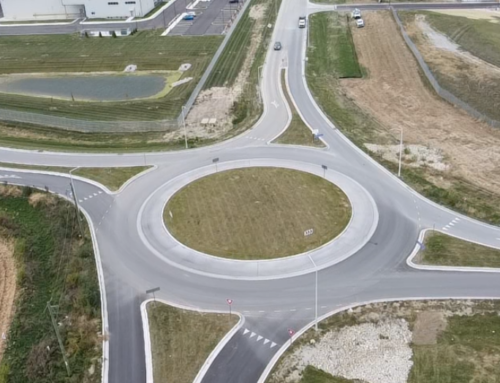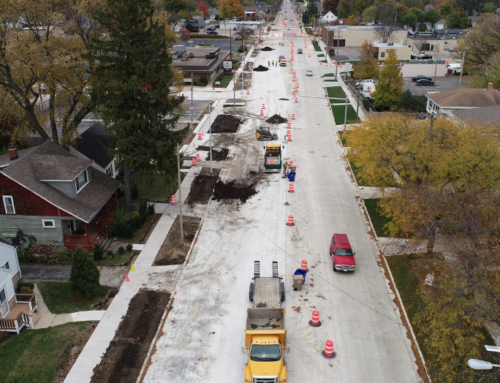Client: Village of St. Joesph
The project for expanding and upgrading the Village of St. Joseph’s wastewater treatment plant (WWTP) has been completed. Clark Dietz successfully implemented the planned improvements, which included increasing the plant’s capacity, upgrading the treatment systems, and ensuring the facility meets regulatory requirements for nitrate and phosphorus removal. Here’s an overview of the completed project:
Completed Improvements:
-
Capacity Expansion: The plant’s capacity was increased from a design average of 0.56 MGD to 0.95 MGD, allowing for the addition of 1,200 homes to the service area.
-
Upgraded Influent Pumping System: The existing pump station was expanded with a new pump and structure to better handle incoming wastewater flows.
-
New Bar Screen Structure: A modern bar screen was added to improve accessibility, capacity, and provide an emergency bypass.
-
Enhanced Treatment Capacity: The plant replaced aging components with an oxidation ditch system designed for total nitrogen and phosphorus removal. The existing phosphorus removal system was reused, and a new carbon feed system was added for additional nitrogen removal support.
-
Repurposed Clarifiers: Two old package plants were repurposed as secondary clarifiers, and a third clarifier was built to meet the plant’s loading requirements.
-
Upgraded Disinfection: A new UV disinfection system was installed, improving the plant’s ability to treat wastewater before discharge.
-
Aerobic Digestion System: Two existing package plants were converted into efficient aerobic digesters using a pulsed air system and new blowers.
-
Reaeration and Outfall Upgrades: A passive reaeration structure was added to meet dissolved oxygen requirements, and the effluent pipe and outfall were upgraded to accommodate the increased flow.
-
New Administrative and Lab Spaces: A new administrative building, including office and laboratory areas, was completed, along with a cold storage garage for the village.
Completed Project Highlights:
-
Expanded capacity to support future community growth.
-
Biological Nitrogen and Phosphorus Removal systems were successfully integrated into the plant.
-
Efficient use of space while upgrading the plant’s infrastructure.
-
Reuse of existing structures to minimize construction costs and time.
The project is now complete, providing the village with a more efficient, capable, and future-proof wastewater treatment facility.














